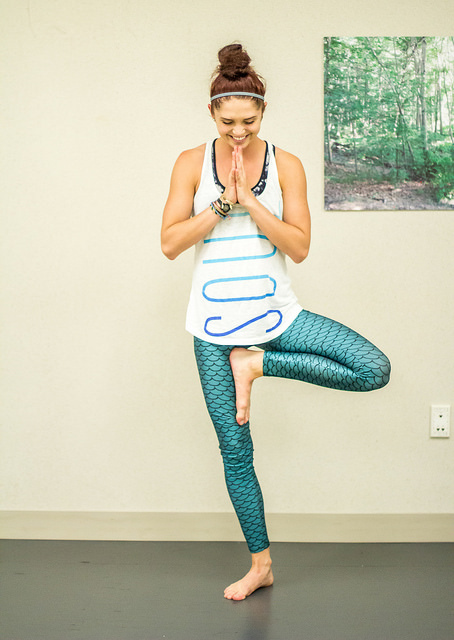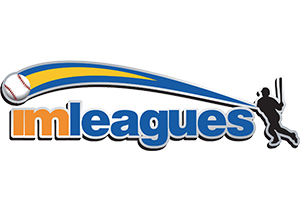Diaries Of A Happy Yogi: Sockin’ It To Your Practice
Posted: November 10, 2016 at 5:49 pm, Last Updated: November 10, 2016 at 5:50 pm
By: Ashley Whimpey
 This little piggy had socks on, this little piggy had none. This little piggy started slipping, and this little piggy felt strong. While in a gym setting it’s a safety requirement for all parties involved that shoes be worn, and toes be covered, in a yoga class it’s better to go barefoot. All other areas of the gym are fraught with dangers of dropped weights and crushed phalanges. In a yoga studio the only weight is your body weight, and that’s weighing on your feet already.
This little piggy had socks on, this little piggy had none. This little piggy started slipping, and this little piggy felt strong. While in a gym setting it’s a safety requirement for all parties involved that shoes be worn, and toes be covered, in a yoga class it’s better to go barefoot. All other areas of the gym are fraught with dangers of dropped weights and crushed phalanges. In a yoga studio the only weight is your body weight, and that’s weighing on your feet already.
I always grin at the new comer’s hesitation to remove their shoes and socks in class. It’s an easily understandable hesitation with a cultural standard to not have bare feet waltzing around in public. Gently, I ask if they please at least consider removing their foot coverings.
The first reason for this is entirely practical. Socked feet slip on even mats with the most grip. The worry about holding a strong pose causes undue tension in the muscles and can lead to fatigue without much growth. When the body doesn’t feel safe it will hold back. If you’re really concerned about flashing your feet or revealing your toes, remind yourself everyone is going barefoot, or at least try and wear half socks that cover only a portion of your feet. If you’re willing to do extra laundry and spend a little cash, you can invest in some gripping socks specifically designed for grip.
The next reason has much more to do with the practice itself. The mind body connection yoga offers as a contemplative practice comes in part from being grounded. A physical barrier prevents that from deepening – even with as little as a pair of socks. In highly traditional settings, removing the socks is also a sign of respect. In a sense it’s a vulnerability – something highly encouraged in many mindfulness traditions. Opening up allows actual personal growth and a sort of soul soothing wholeness. To a more skeptical mind, it might appear quite a leap to move from bare feet to an argument of complete wholeness. They certainly wouldn’t be wrong, instead I’m trying to get at the willingness to come to a practice as your whole self. Being (sockless and all) allows for gentle practice to come as your whole self to all of your life.
Finally, going barefoot builds stronger feet. Perhaps not callouses that will allow for hot coal sprinting later, rather the muscles and control which shoes inhibit. With continuous practice in balance postures, pointing and flexing the feet, and rolling over the toes, the feet get stronger. A literal fundamental of walking, running, and every day activity, feet make an essential base point.
In your next mat session, roll in and peel off the socks.
References:
Cozen, D. M. (2000). Use of Pilates in Foot and Ankle Rehabilitation. Sports Medicine and Arthroscopy Review, 8(4), 395-403.


